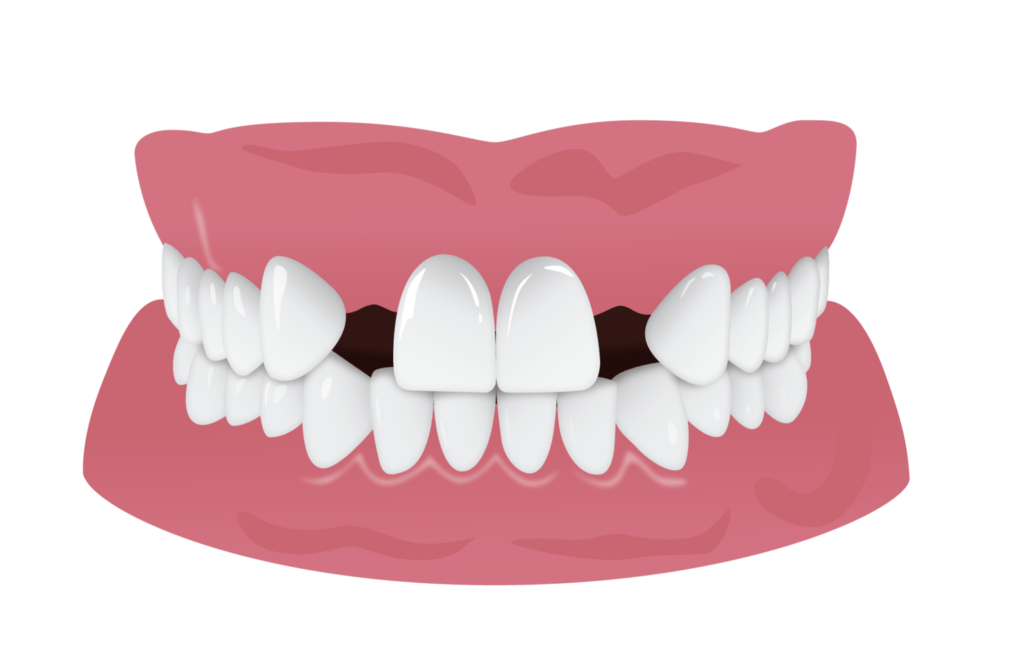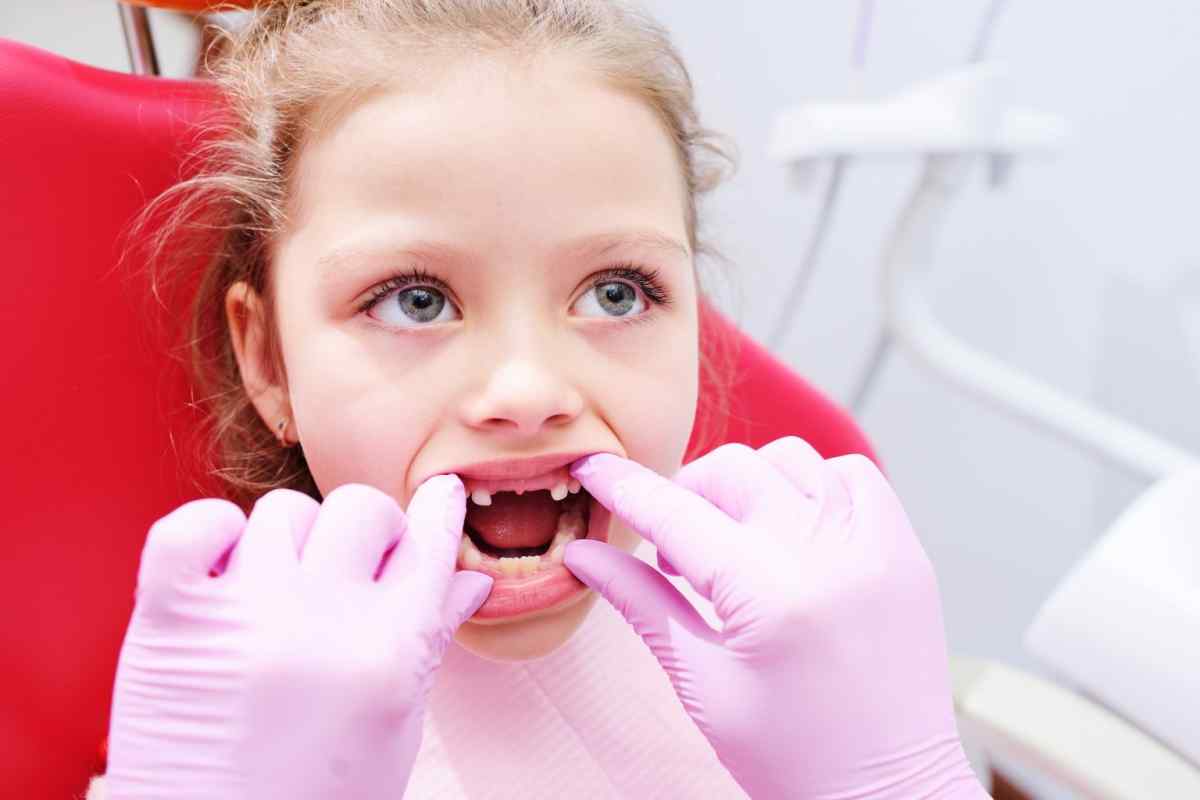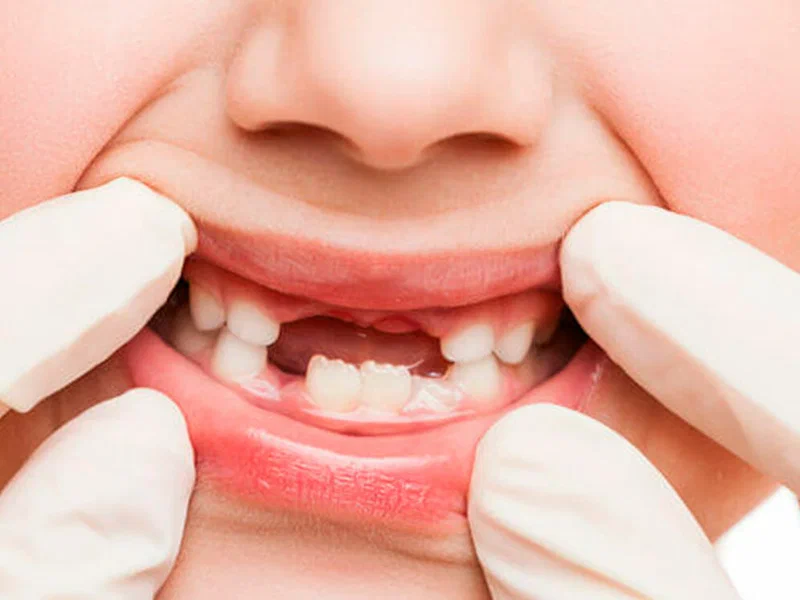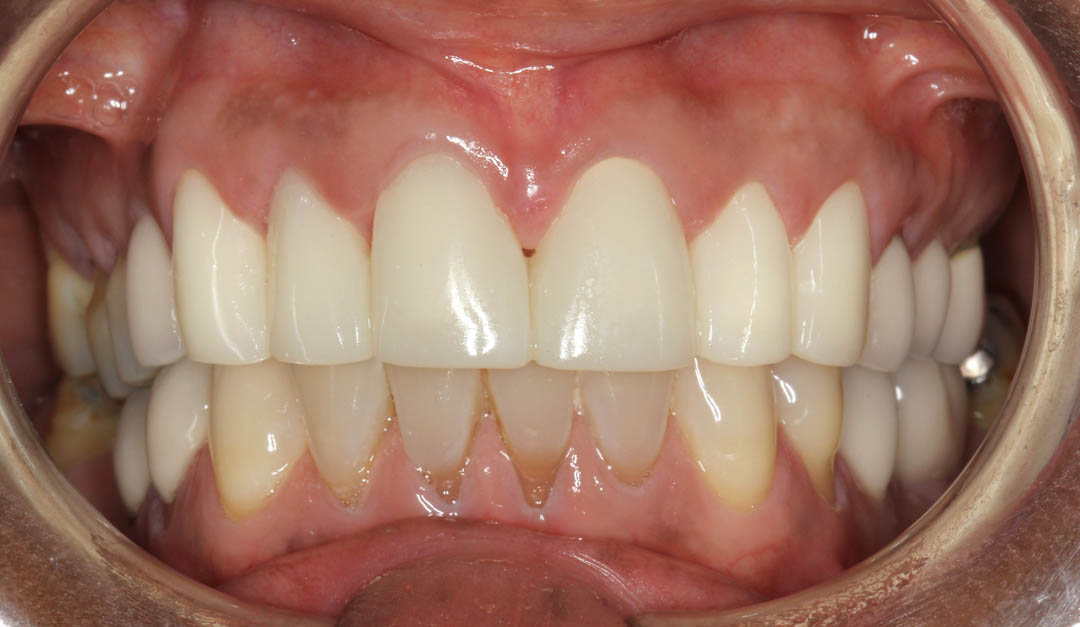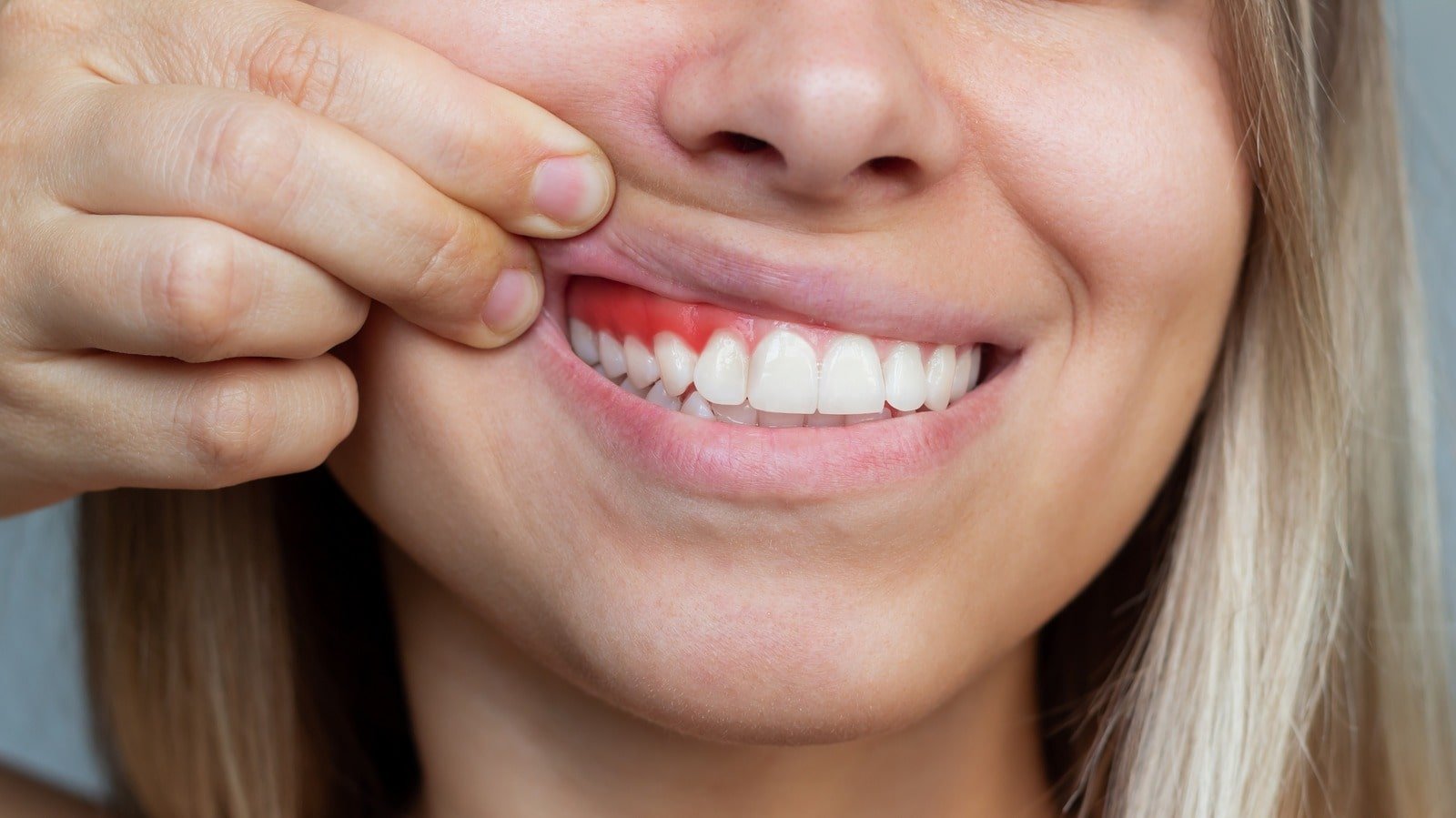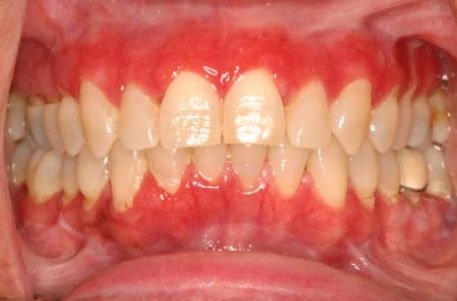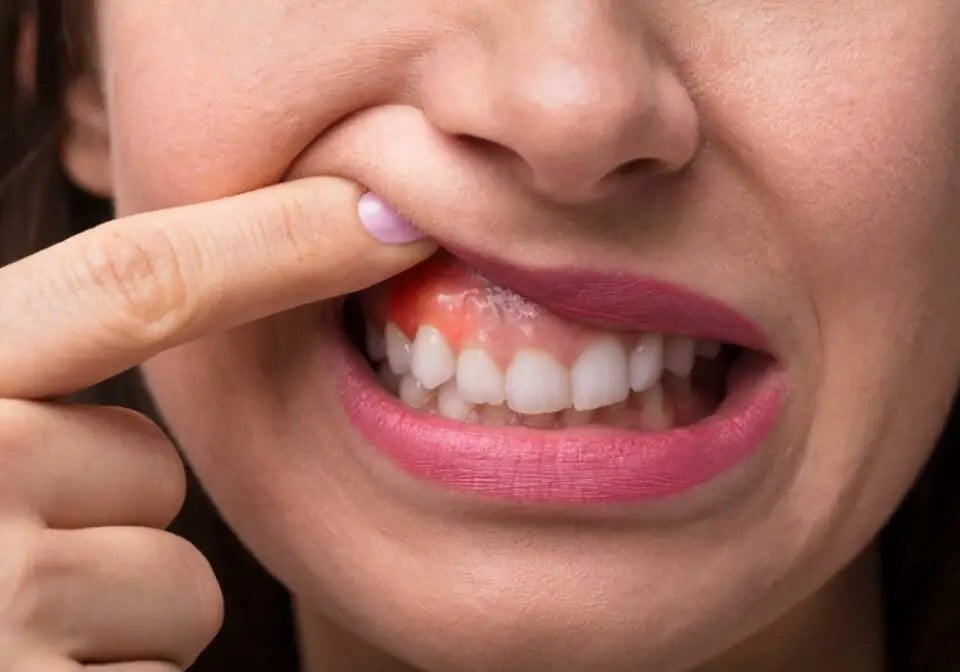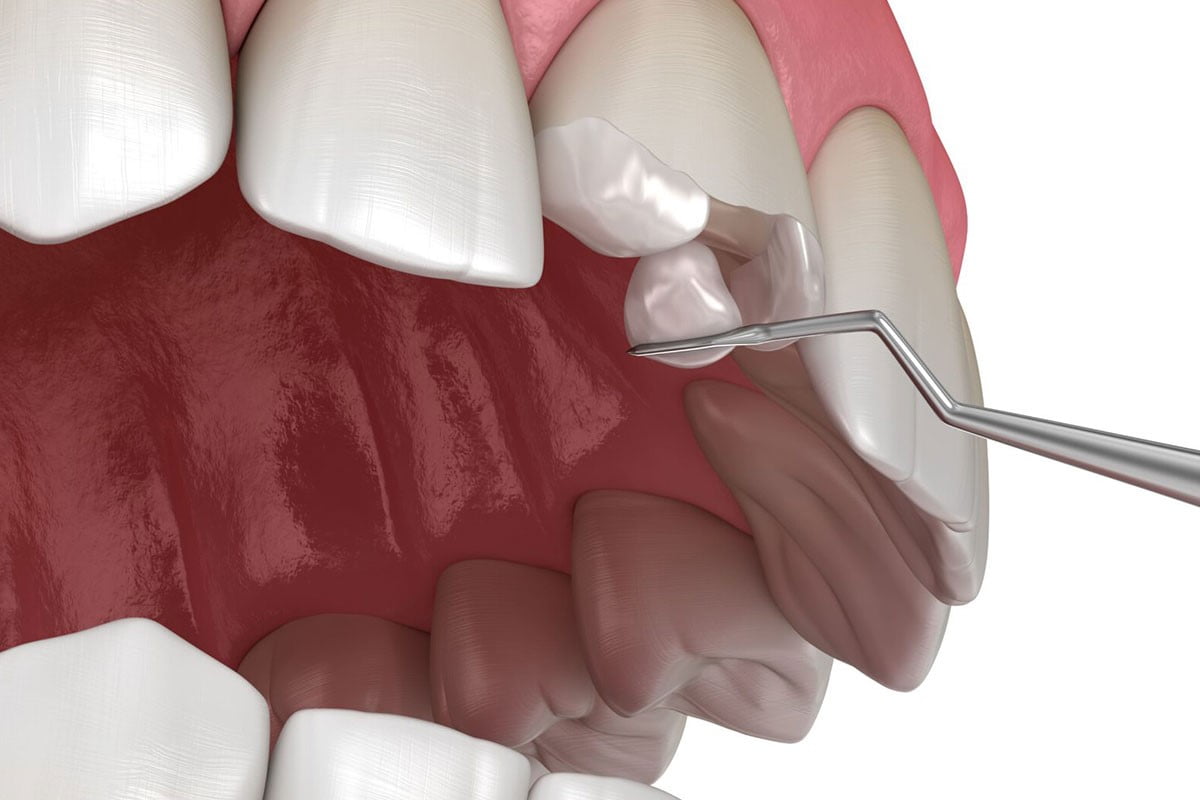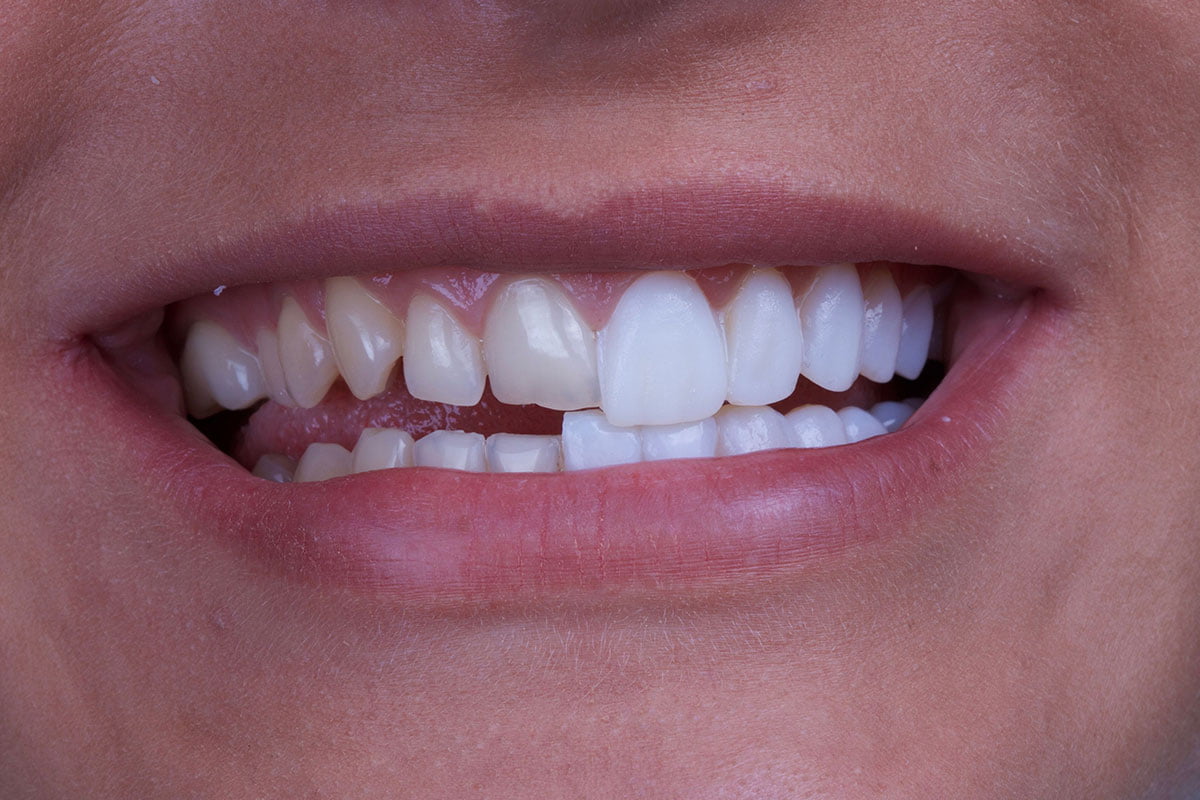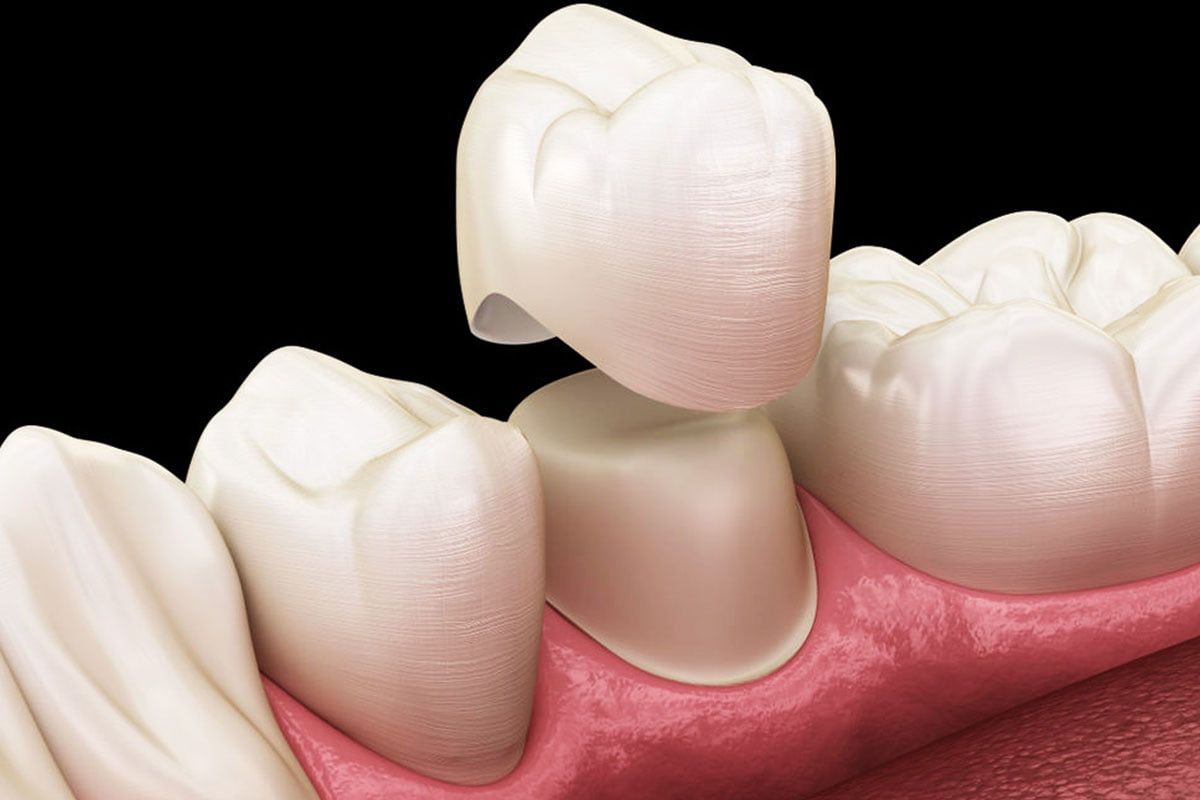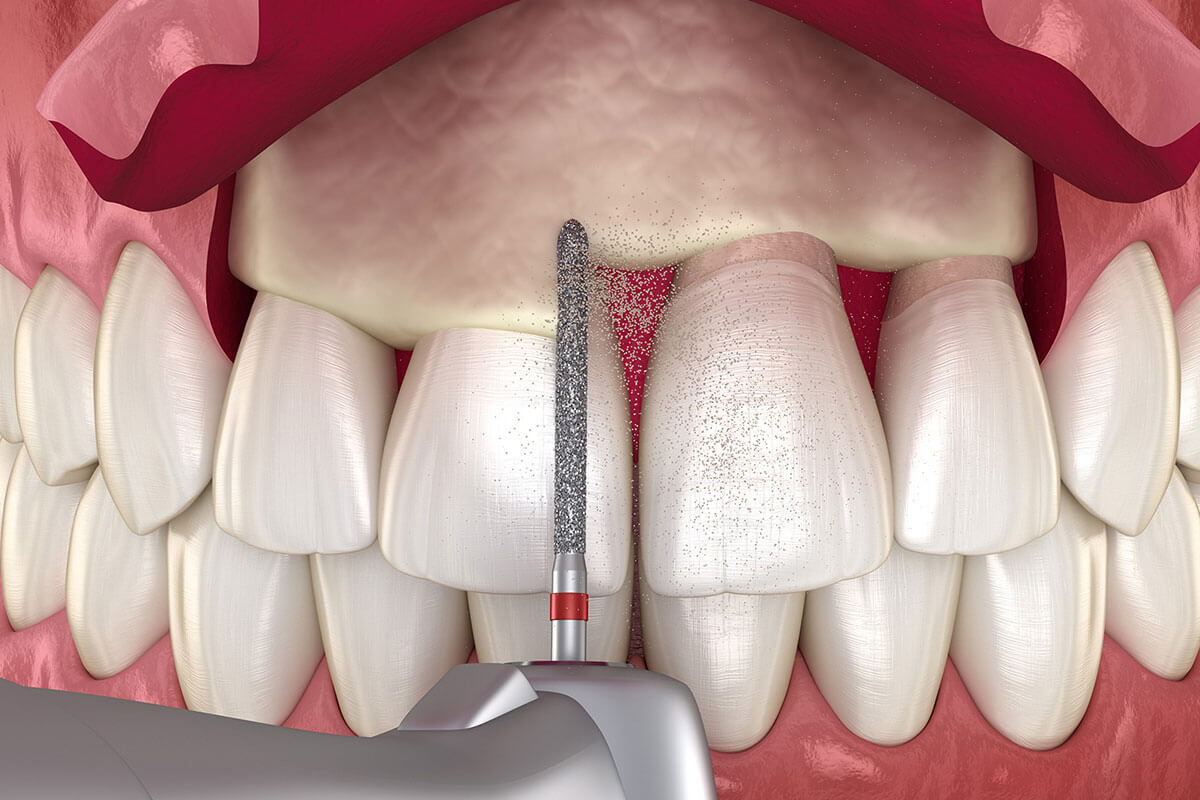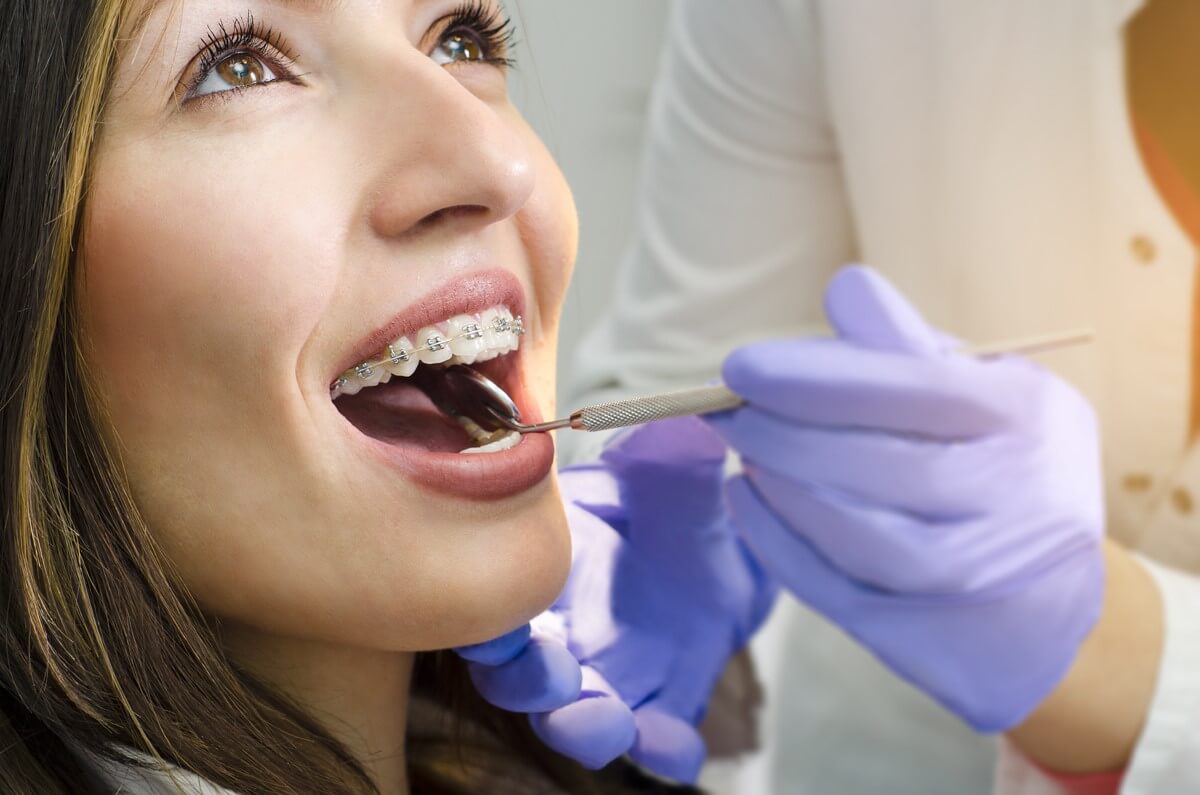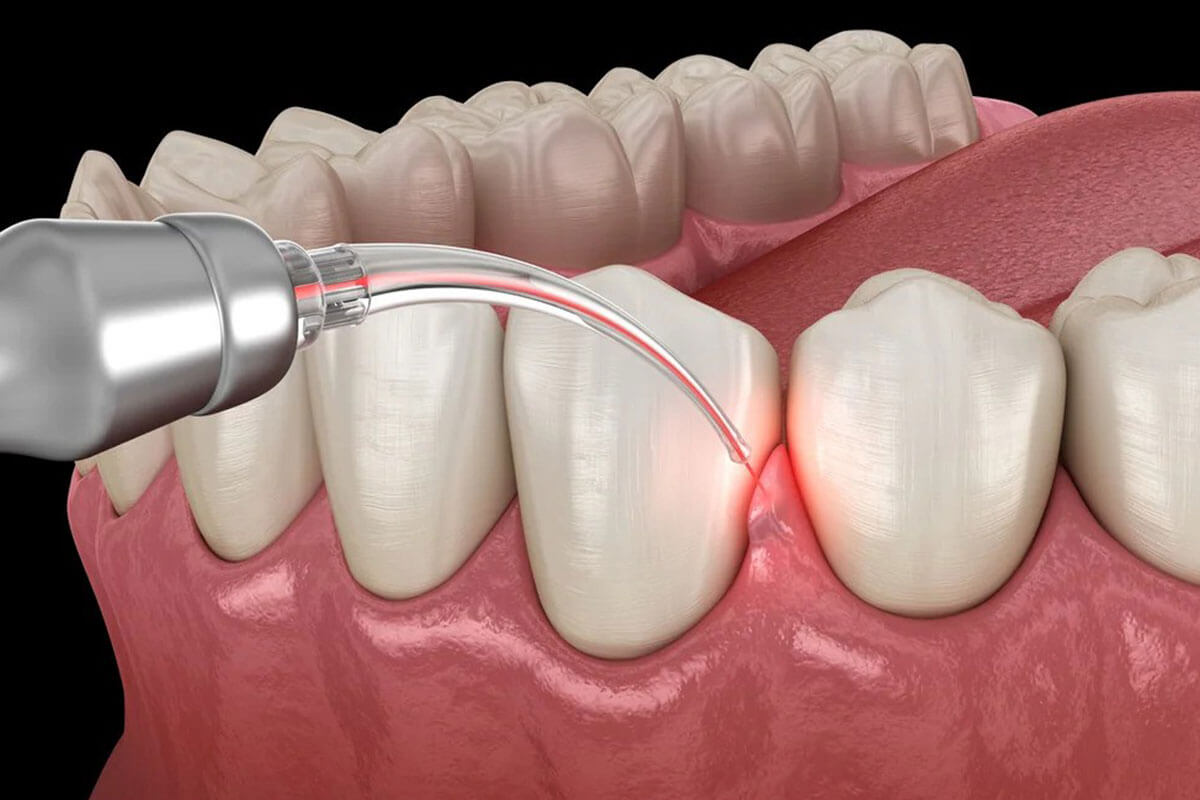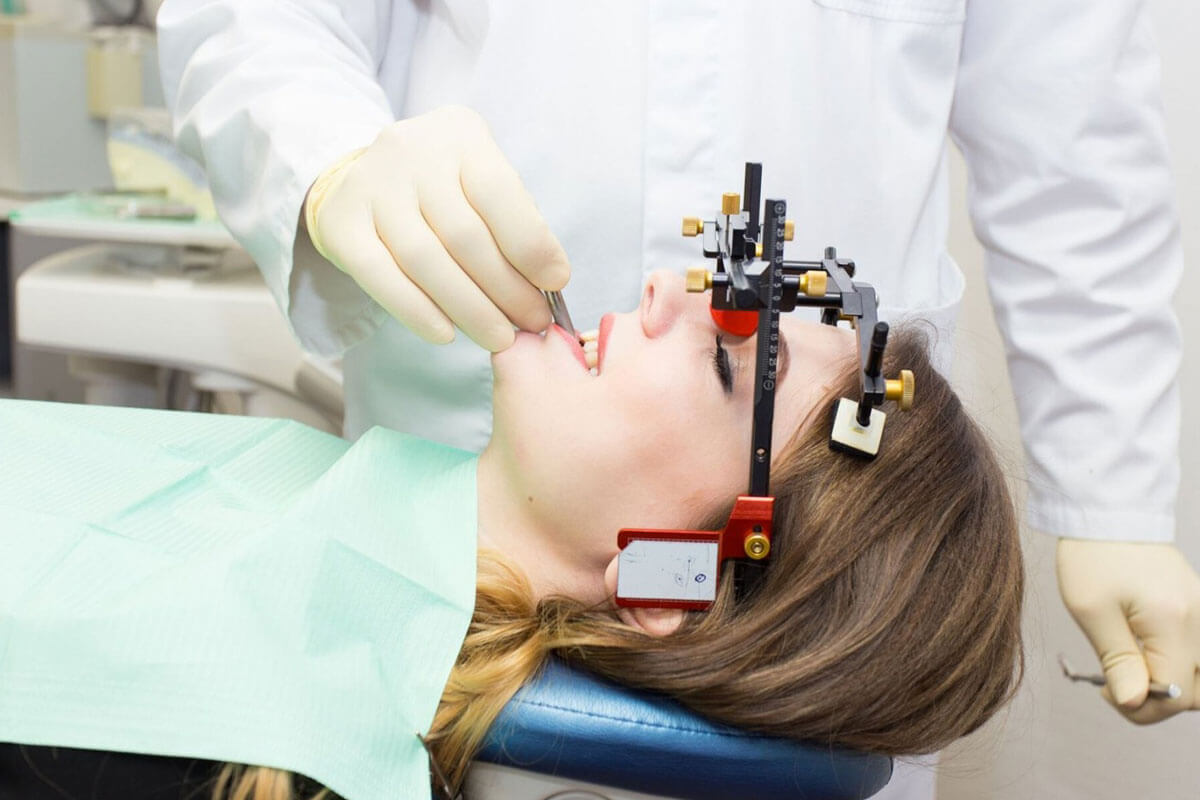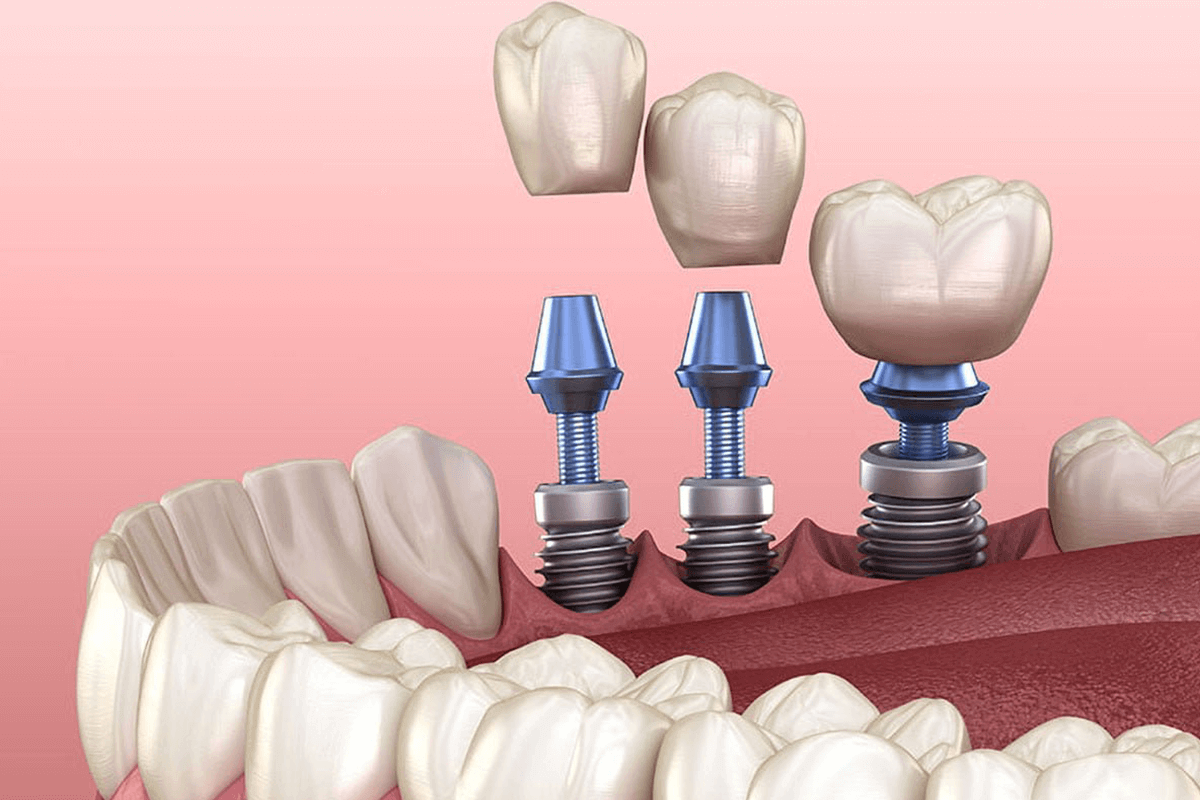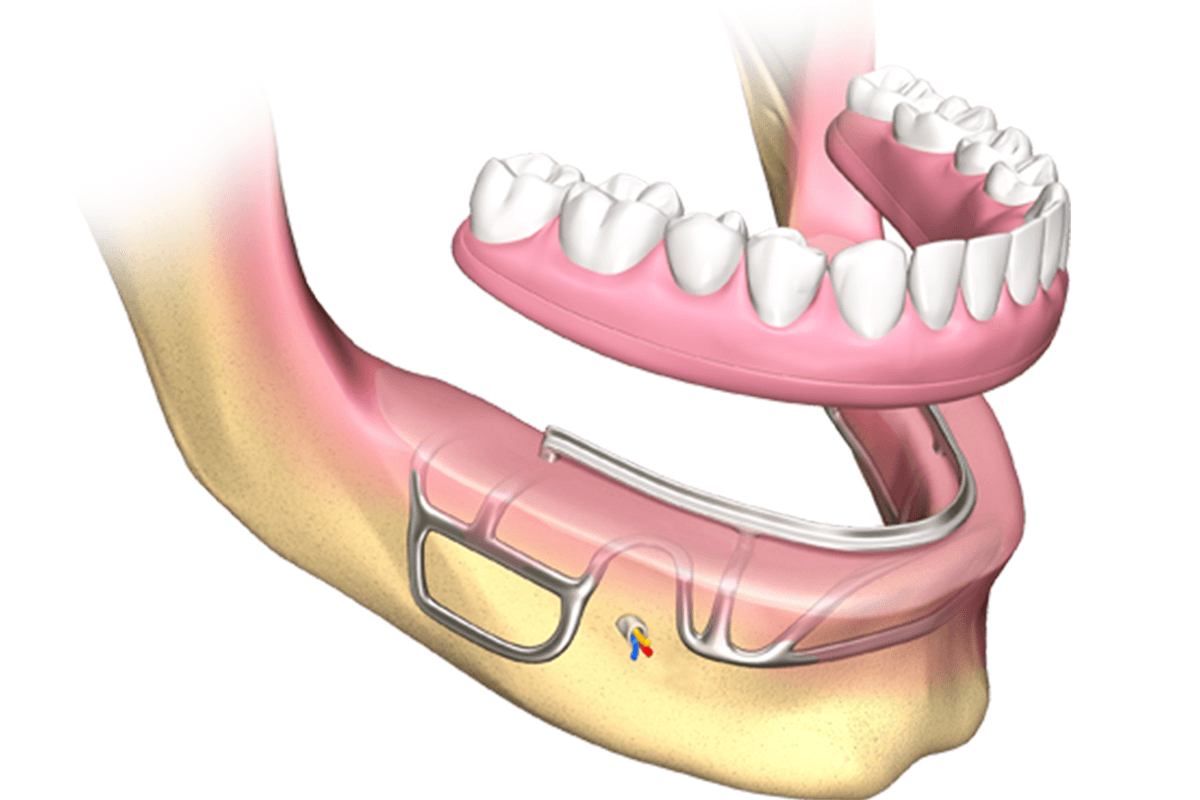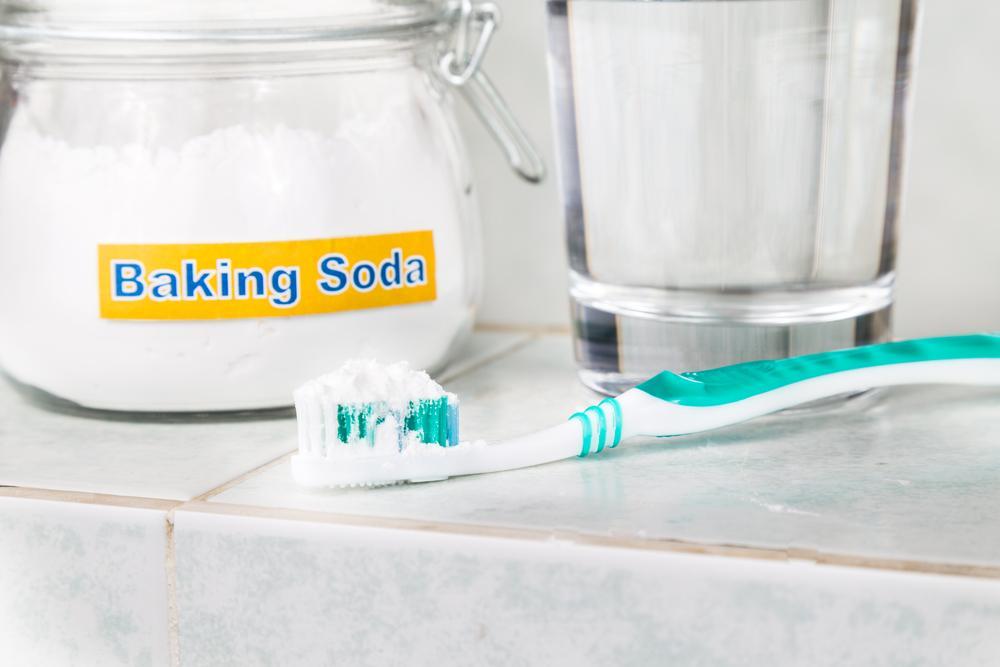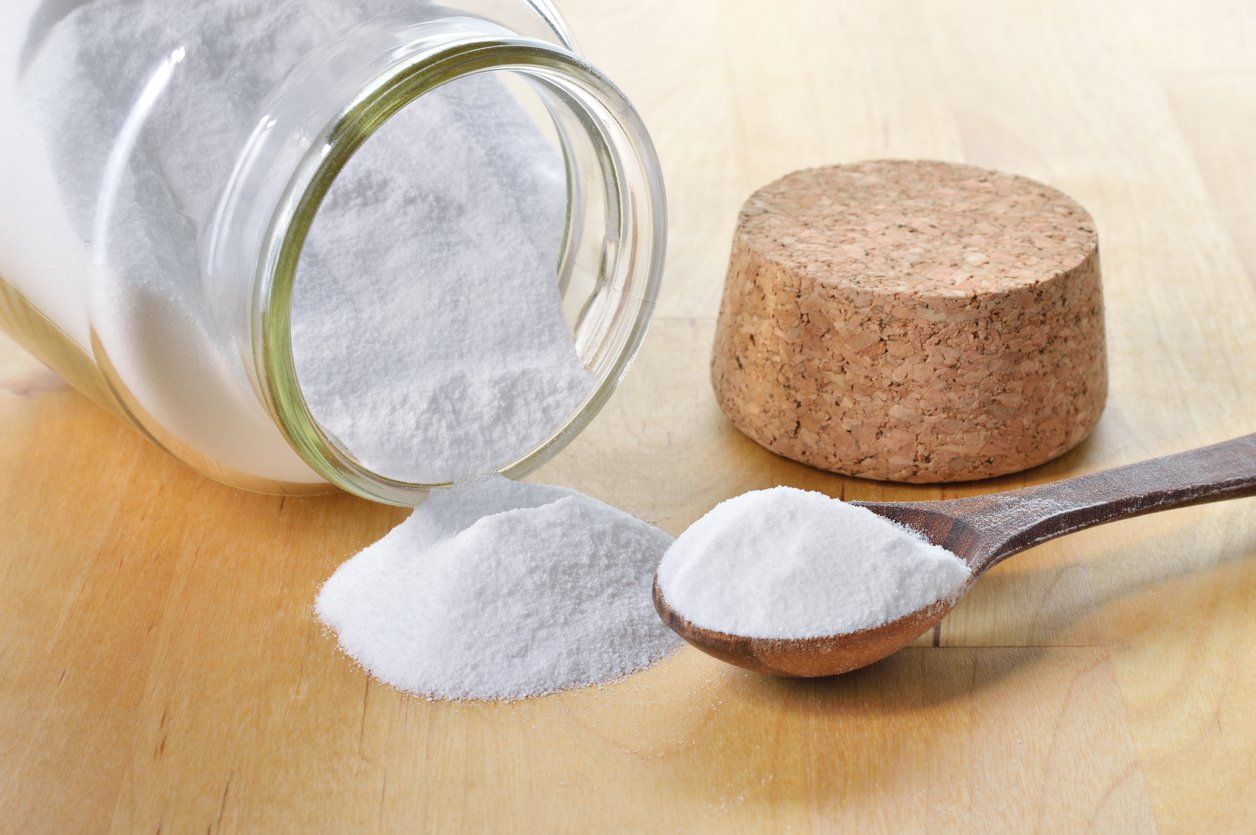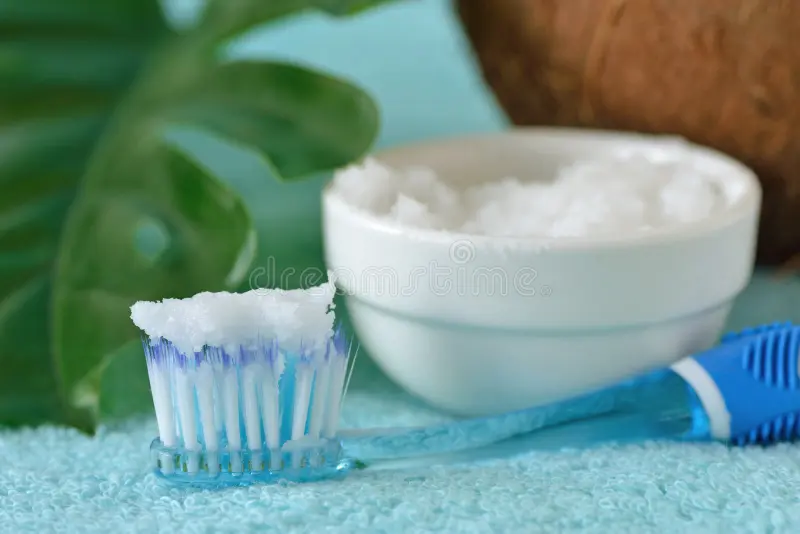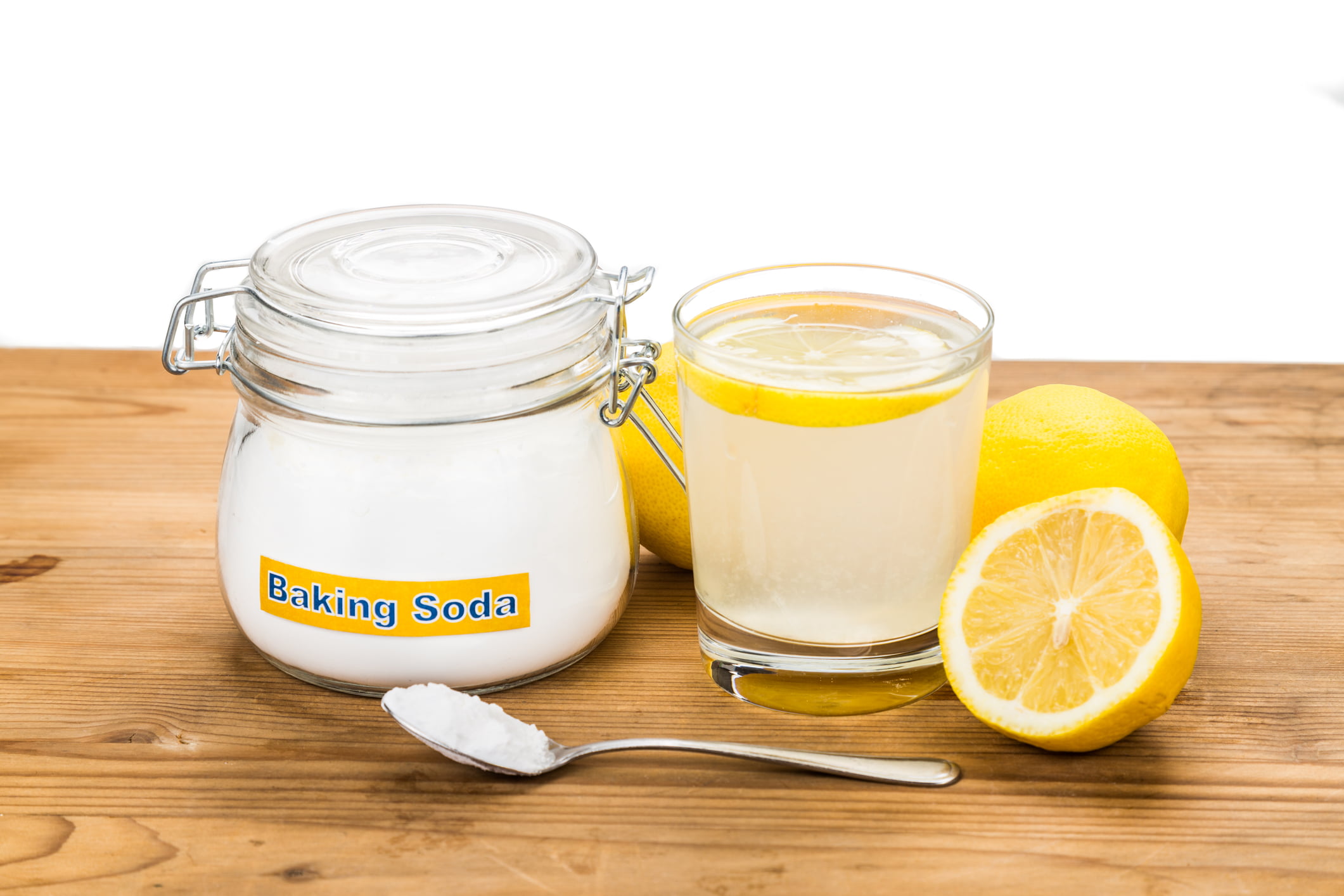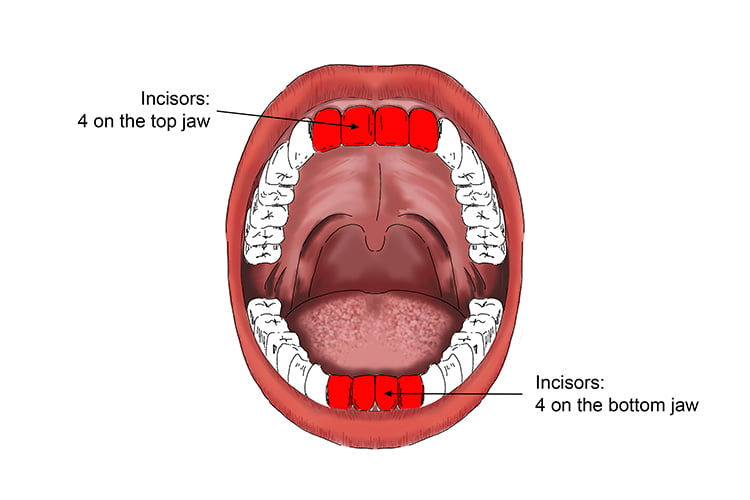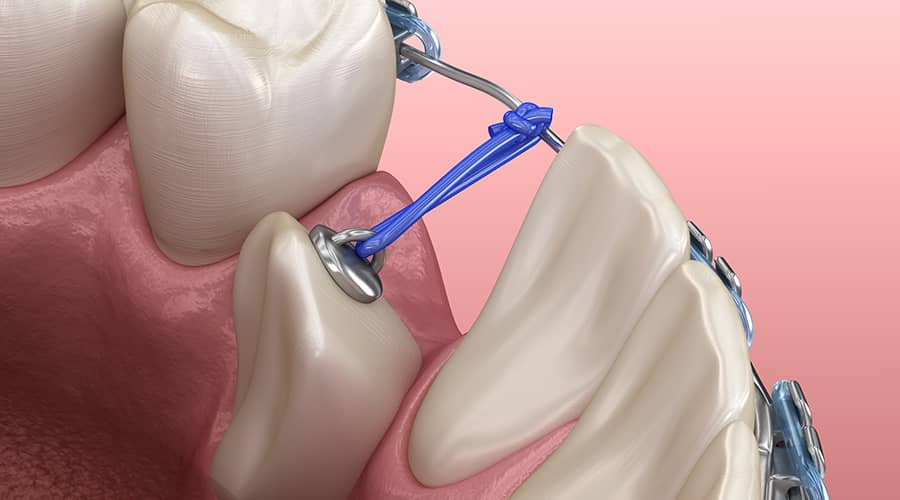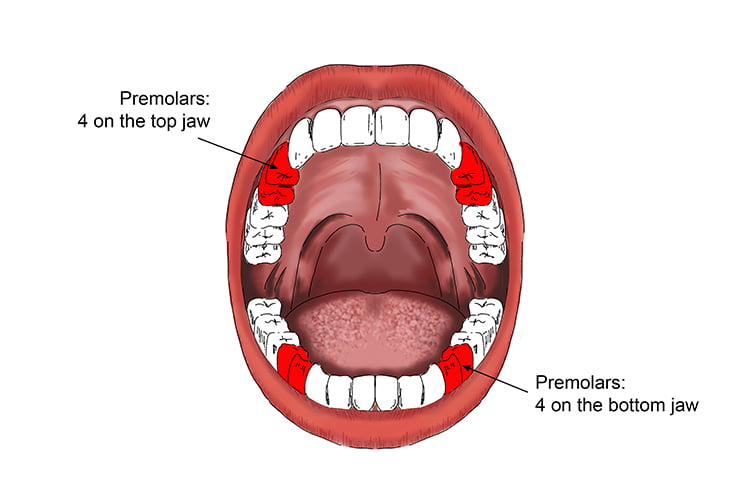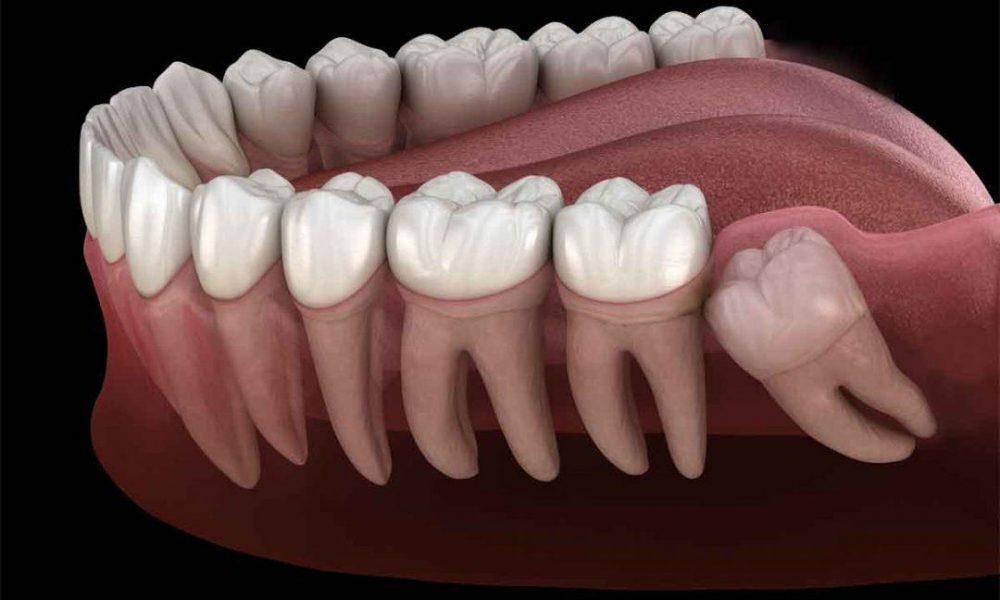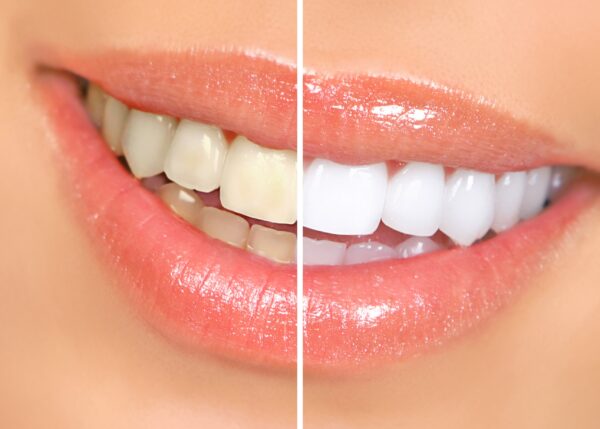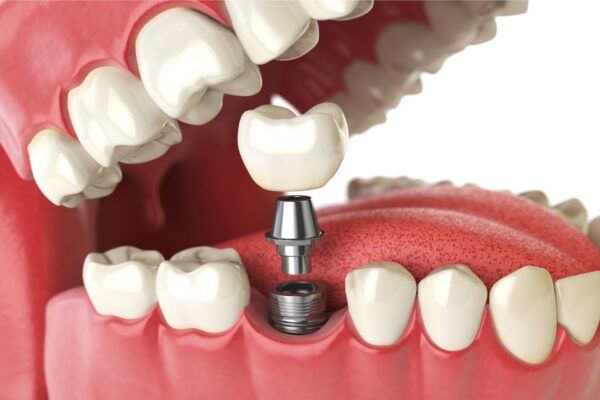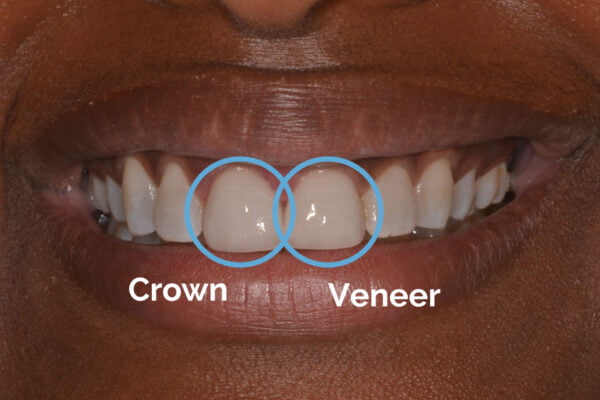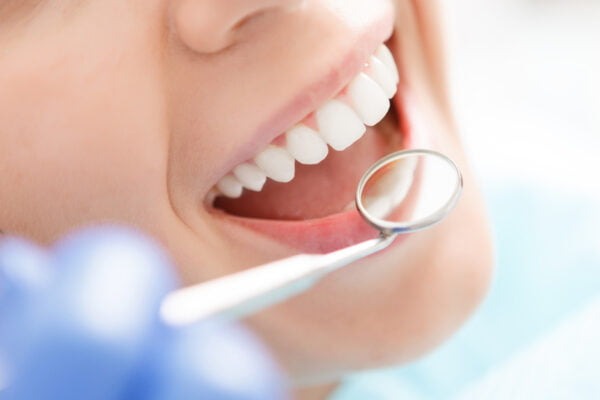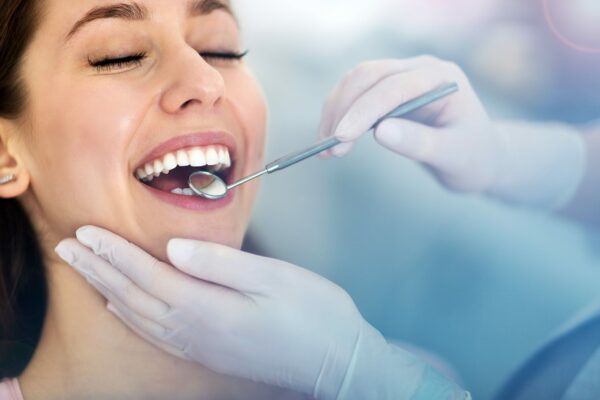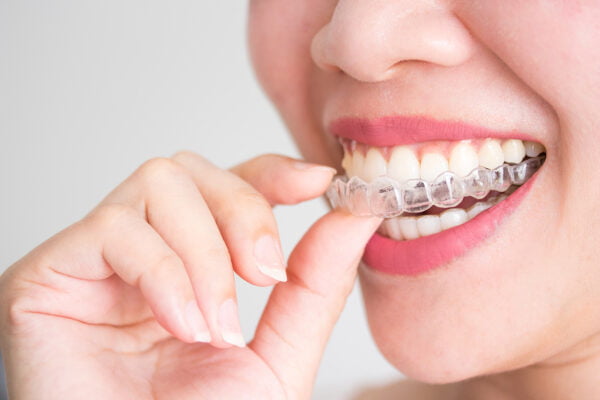Laser Lip & Tongue Tie
Having a newborn baby can be challenging, especially for new mothers who are struggling to breastfeed and nurse their little ones.
Tongue tie and lip tie are common conditions in newborns that can make breastfeeding challenging for mothers. Our dentists are certified and specialize in providing laser lip and tongue tie revisions for infants, babies, and children. We have seen incredible results within minutes after the procedures, with mothers who were previously unable to breastfeed due to a bad latch being instantly able to nurse their babies. Additionally, we have witnessed mothers who experience discomfort and pain while breastfeeding being able to breastfeed and nurse their babies without pain after the lip or tongue tie revision.
PROBLEMS CAUSED BY LIP AND TONGUE TIE
Lip and tongue tie are conditions that can make breastfeeding difficult, but if left untreated for a prolonged period, they can cause severe complications such as speech problems, difficulty in chewing or swallowing food, and more. Children with lip or tongue tie may also develop a noticeable gap in their front teeth or experience gum recession. Additionally, these conditions can lead to other issues such as tonsil and adenoid problems, airway issues, and headaches.
LASER TREATMENT FOR LIP AND TONGUE TIE
At Kadri Dental, the treatment for lip and tongue ties is simple and quick. Dentists at our clinic use a laser to reduce pain and accelerate healing after the procedure. Before starting, a numbing cream is applied to the specific area for the patient’s comfort. Older children have reported feeling no pain during the laser procedure, while infants may become upset while their mouths are open. Parents may choose to stay in the room or wait while our team performs this gentle procedure.
The laser gently removes the frenulum tissue with minimal bleeding, and there is no need for stitches afterwards. We recommend breastfeeding, nursing, or feeding the infant immediately after the procedure. We will provide you with a room to nurse your baby for your convenience.
After the procedure, your child or infant will return to normal within 24 hours, and we will provide you with stretching exercises to ensure proper healing of the mouth. Additionally, we work with many different lactation consultants and can guide you to professional help with nursing and breastfeeding your baby, should you need it.
BENEFITS OF LIP TIE AND TONGUE TIE LASER SURGERY
Lip and tongue tie surgeries have significant benefits for both infants and children. If you notice any symptoms of lip or tongue tie in your child, please contact us right away to schedule a consultation with our highly skilled and proficient dentists at Kadri Dental. We are dedicated to resolving these issues and providing the best possible care for your child.
- Improved Breathing
- Clear Speech
- Development of Normal Swallowing Patterns
IMPROVED BREATHING
The position of the tongue can directly affect breathing. When a child has a tongue tie, their tongue may not be able to move out of the way, which restricts the passage of air through the throat and can result in more mouth breathing. Additionally, it can cause the tongue to fall back and obstruct the throat at night, leading to snoring or sleep apnea.
The position of the tongue also has an impact on how the mouth develops. When a child has a tongue tie, it can cause the development of a narrow airway that is more prone to collapse since the shape of the jaws helps define the size of the airway. By freeing up the tongue, lip and tongue tie surgeries can help it move out of the way and make it easier for children to breathe both during the day and at night.
CLEAR SPEECH
Lip and tongue ties can also cause difficulty in speech articulation in children, resulting in speech delays due to the shorter range of motion possible for the tongue. Children with lip or tongue tie issues may have difficulty pronouncing certain words, affecting their speech abilities. However, lip or tongue tie surgery can effectively eliminate such problems and promote the healthy development of your children’s speech abilities.
DEVELOPMENT OF NORMAL SWALLOWING PATTERNS
Tongue and lip ties can result in difficulty swallowing, which can lead to eating difficulties. Additionally, they can cause teeth to grow out of alignment. Sleep-disordered breathing is also a common problem as the tongue sits back in the mouth and restricts the air passageway. Lip and tongue tie surgery can effectively resolve all of these issues and allow for the development of normal swallowing patterns in children. In summary, this surgery can significantly improve the oral health of your child.
POTENTIAL RISKS OF LASER LIP & TONGUE TIE REVISION
Like any surgical procedure, lip or tongue tie revision carries some risks and potential side effects, such as postoperative bleeding, pain, or weight loss as the child adjusts to a new feeding method. In rare cases, it may also result in breathing difficulties.
Our dentists take steps to prevent potential adverse outcomes by partnering with you to fully evaluate and examine an infant’s oral anatomy and other factors that impact breastfeeding before performing lip or tongue tie surgery. This proactive approach helps to minimize the risks of postoperative bleeding, pain, weight loss, or breathing problems, which are potential side effects of the procedure.
FREQUENTLY ASKED QUESTIONS
IS LIP OR TIE SURGERY A PAINFUL PROCEDURE FOR CHILDREN?
Lip or tie surgery is virtually painless. This procedure commonly causes little or no pain in infants, so anesthetics are not usually required for children under six months of age. Laser surgery offers several advantages. This process is performed through an incision, which effectively minimizes bleeding and promotes healing.
CAN BABIES BE BREASTFED RIGHT AFTER THE LIP OR TIE SURGERY?
Mothers are generally asked to breastfeed their baby as soon as the procedure is to clean the wound, offer comfort, and get their tongues moving as soon as possible. The only treatment usually needed after lip or tie surgery is breastfeeding to keep the wound clean and the tongue mobile.
Mostly, babies show immediate improvements in breastfeeding after this surgery. Tongue tie and lip tie laser surgery is a relatively quick, simple, and painless procedure. Your child can nurse as soon as he desires after the surgery. However, it generally takes 30 to 45 minutes for the effects of any numbing medication to wear off.


